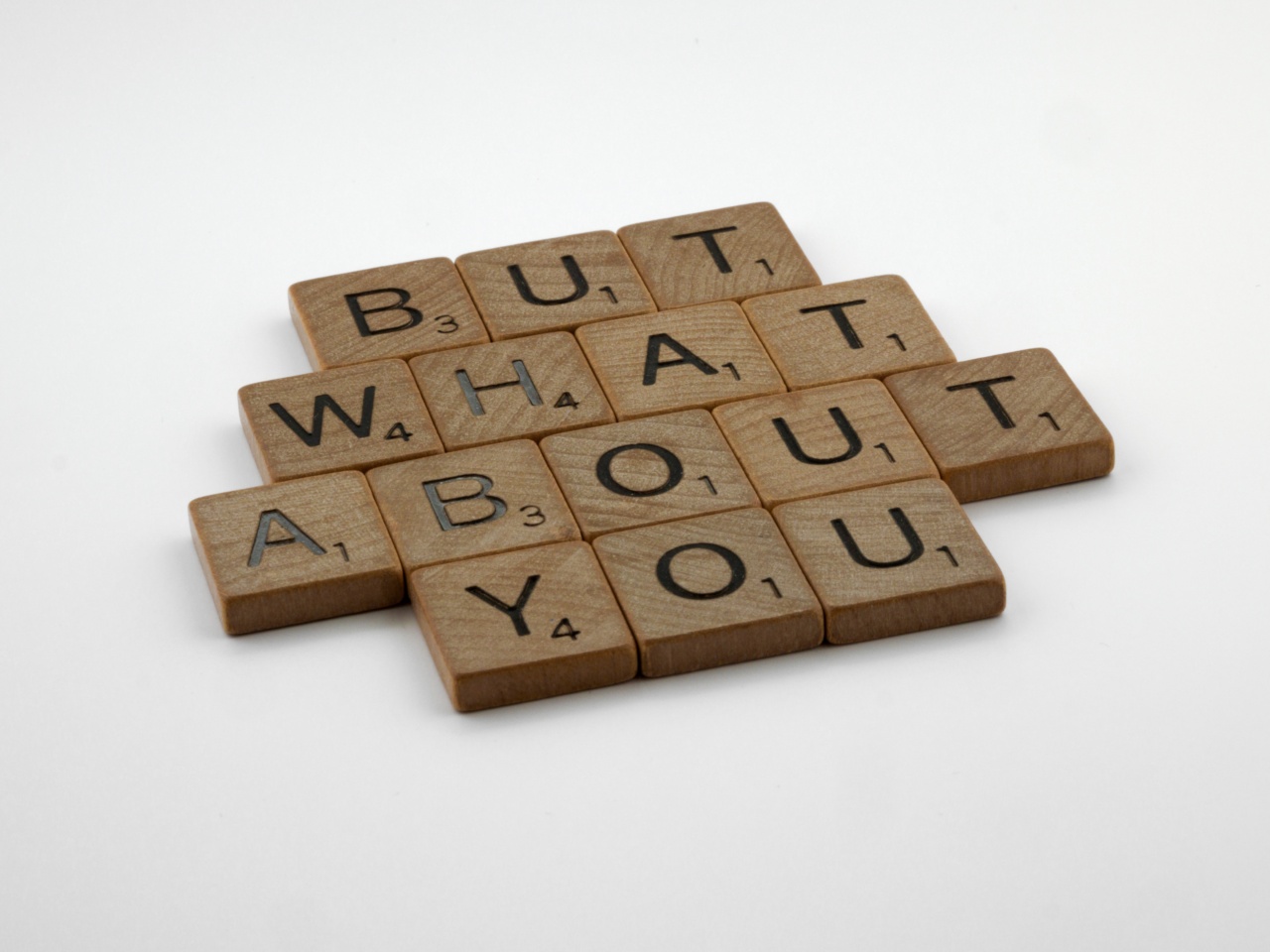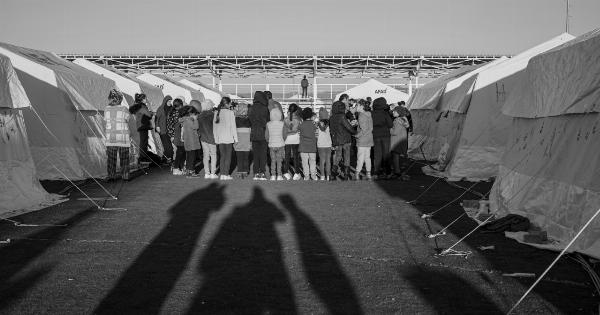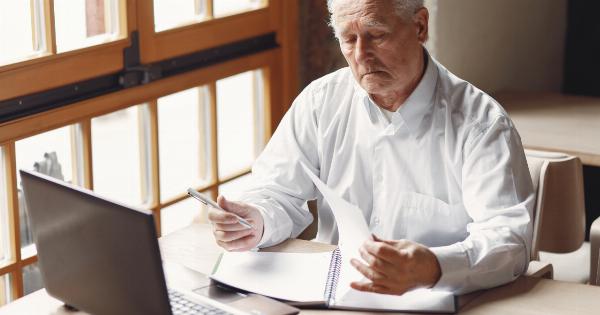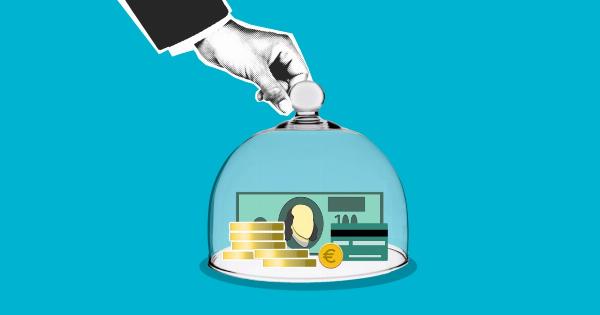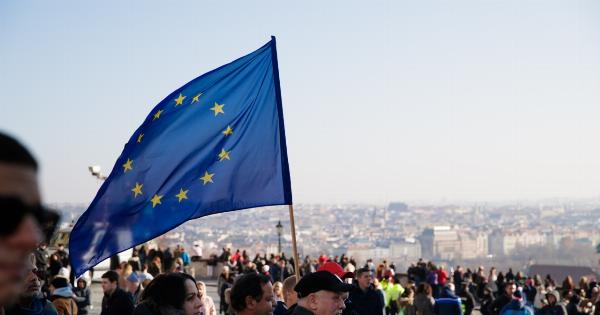What do you know about the European 112?
The European emergency number 112 is a unique, life-saving telephone number that provides immediate assistance when someone is in an emergency situation. Many people are not aware of this number, and others do not know how it works or where to call it.
In this article, we will provide you with comprehensive information about the European 112, including its history, purpose, functioning, and benefits.
What is the European 112?
The European 112 is a number that can be dialed for free from a fixed or mobile phone or payphone in any European Union member state.
When a caller dials 112, their call is immediately connected to a local emergency service, such as police, fire brigade, or ambulance service.
The History of the European 112
The European 112 emergency number was first introduced in 1991 as a standard emergency number that could be used across the European Union.
The introduction of the number was a response to the increasing number of European citizens traveling within the EU and needing access to emergency services in different countries. The number was made mandatory for all EU member states in 2003.
How does the European 112 work?
When a caller dials 112, they are connected to a local emergency service. This is possible because the call is automatically routed to the nearest emergency center based on the location of the caller.
The location of the caller is determined using the caller’s mobile phone signal or GPS. If the caller is using a fixed-line phone, the location is determined by the address of the line. In cases where the caller is unable to speak, the emergency service can locate the caller using their phone signal.
What are the benefits of the European 112?
The European 112 has numerous benefits, including:.
- Universal accessibility: The number can be dialed for free from anywhere in the European Union
- Multi-language support: Emergency services can communicate with callers in their native language, using translation services
- Immediate assistance: The emergency services can quickly respond to callers when they are in an emergency situation
- Reduced response time: The system helps to reduce response times in emergency situations
- Coordinated response: The system provides a coordinated response by connecting different emergency services as needed
When should you call the European 112?
You should only call 112 in an emergency situation. Some examples of emergency situations include:.
- Someone is unconscious, not breathing, or bleeding heavily
- There’s a fire or an explosion
- Someone is trapped, injured, or in danger
- There’s been a serious accident
- Someone is experiencing severe chest pain, difficulty breathing, or another life-threatening medical emergency
What happens when you call the European 112?
When you call the European 112, the emergency services will ask you a series of questions to prioritize your call and determine the appropriate response. These questions may include:.
- What is your location?
- What is your name and phone number?
- What is the emergency?
- How many people are involved?
- What happened?
It’s important to stay calm and speak clearly when you call 112. The information you provide will help the emergency services to respond quickly and appropriately.
Conclusion
The European 112 is an important and life-saving emergency number that can be used across the European Union. It provides immediate assistance in emergency situations and helps to reduce response times.
Make sure to save the number in your phone, so you can quickly call it when you need it.
